Home>Furniture>Outdoor Furniture>What Is A Patio Cover Called
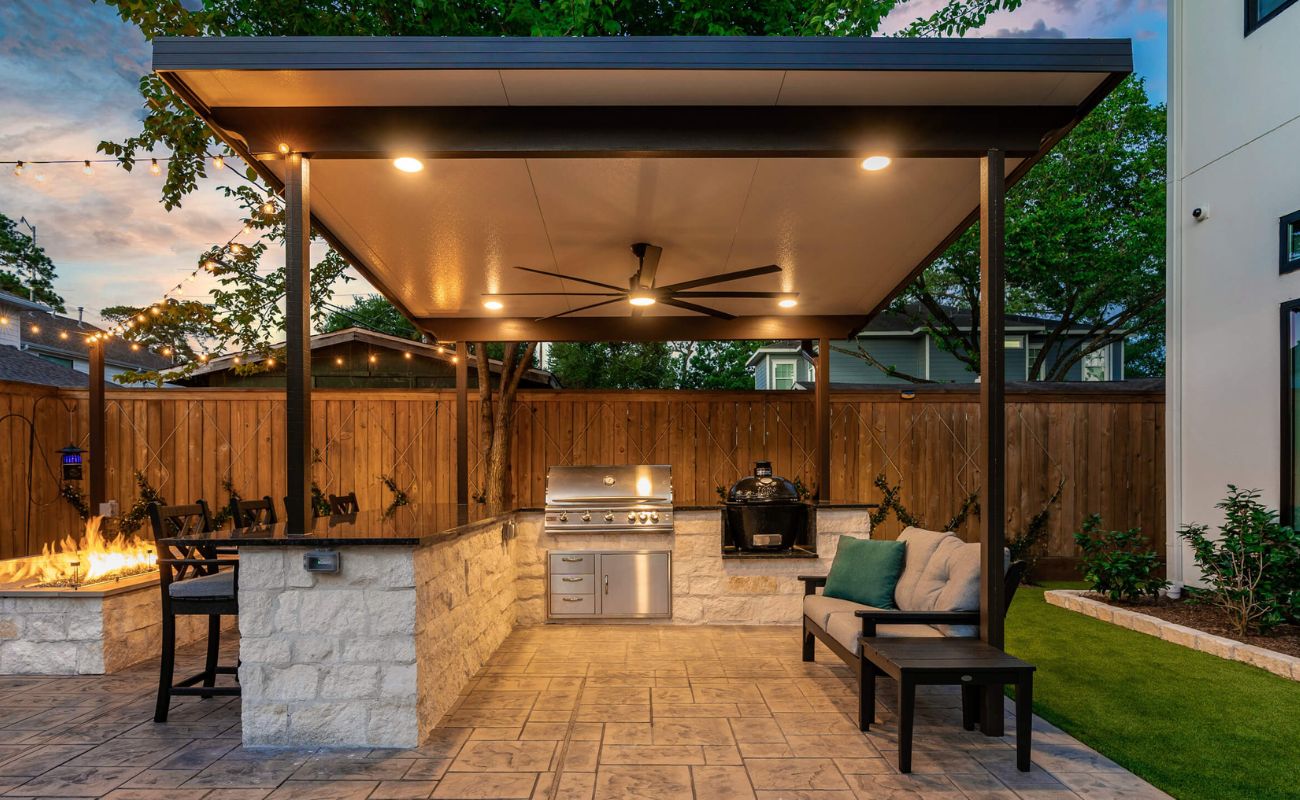

Outdoor Furniture
What Is A Patio Cover Called
Modified: October 28, 2024
Enhance your outdoor paradise with a stylish and functional patio cover, also known as an outdoor furniture cover. Protect your outdoor furniture and create a cozy space to relax and entertain.
(Many of the links in this article redirect to a specific reviewed product. Your purchase of these products through affiliate links helps to generate commission for Storables.com, at no extra cost. Learn more)
Introduction
Welcome to the world of outdoor living! If you enjoy spending time in your backyard, creating a comfortable and inviting space is essential. One of the best ways to enhance your outdoor area and protect it from the elements is by installing a patio cover.
A patio cover, also known as a porch cover or veranda cover, is a structure that provides shade and shelter over your patio or outdoor living space. It not only adds beauty to your backyard but also creates a functional area where you can relax, entertain guests, or simply enjoy the great outdoors.
Whether you have a small patio or a sprawling backyard, a patio cover can completely transform your outdoor space. It offers protection from the sun, rain, and other harsh weather conditions, allowing you to use your patio all year round. Additionally, a well-designed patio cover can add value to your home and serve as an extension of your living area.
In this article, we will explore the different types of patio covers, the benefits they offer, the materials used to construct them, and important considerations to keep in mind before installing one. We will also discuss how to properly maintain and clean your patio cover to ensure its longevity.
So, whether you are starting from scratch or looking to upgrade your existing outdoor area, read on to discover everything you need to know about patio covers.
Key Takeaways:
- Patio covers, also known as porch or veranda covers, provide shade and protection for outdoor spaces, allowing for year-round use and adding value to your home.
- Different types of patio covers, such as traditional solid roof, pergola, and louvered designs, offer various levels of shade and customization to suit specific needs and preferences.
Read more: What Is A Covered Patio Called
Definition and Overview
A patio cover is a structure that is designed to provide shade and protection to your outdoor living space, such as a patio or deck. It serves as an extension of your home and creates a functional area where you can enjoy the benefits of being outdoors without being directly exposed to the elements.
Patio covers come in various designs and styles, offering different levels of coverage and customization options. They can be attached to your home, freestanding, or even integrated into your existing landscaping. The primary purpose of a patio cover is to shield your outdoor space from excessive sun exposure, rain, snow, and other natural elements, allowing you to utilize your patio throughout the year.
The construction of a patio cover typically involves a framework made of durable materials such as wood, aluminum, or vinyl, which supports a roofing material. The roofing material can range from solid panels to lattice or pergola-style covers, offering different levels of shade and light filtration.
Not only do patio covers provide protection from the elements, but they also offer aesthetic appeal and can be customized to suit your personal style and the architectural design of your home. They provide an opportunity to create an outdoor living space that reflects your taste and allows for comfortable relaxation, entertaining, and outdoor activities.
In addition to their functional and aesthetic benefits, patio covers can also add value to your home. They enhance the overall appeal and desirability of your property, making it more attractive to potential buyers if you ever decide to sell.
Overall, a patio cover is a versatile and practical addition to your outdoor space, providing shade, protection, and an extended living area right in your backyard. Whether you want to enjoy a cup of coffee in the morning sun, host a barbecue with friends, or simply relax and unwind at the end of the day, a patio cover ensures that you can do so comfortably and with peace of mind.
Types of Patio Covers
When it comes to patio covers, there are several different types to choose from, each with its own unique features and advantages. Let’s explore some popular options:
- Traditional Solid Roof Cover: This type of patio cover features a solid roof design, typically made of materials like aluminum, wood, or vinyl. It provides maximum protection from the elements, shielding your outdoor space from rain, snow, and excessive sunlight. The solid roof cover offers a more enclosed feel, creating a cozy and private outdoor area.
- Pergola: A pergola is a popular option for those seeking a combination of shade, beauty, and open-air ambiance. It features a framework of vertical posts supporting an open latticework roof. Pergolas can be made from various materials such as wood, vinyl, or aluminum. They provide partial shade and allow for natural ventilation, creating a pleasant and airy atmosphere.
- Louvered Patio Cover: A louvered patio cover offers maximum versatility and control over sunlight and airflow. It consists of adjustable slats or louvers that can be angled to provide shade or opened to let in sunlight. This type of cover is often made of aluminum or other durable materials and can be operated manually or electronically. Louvered patio covers are ideal for those who want the flexibility to adjust the amount of shade and light in their outdoor space.
- Retractable Awning: A retractable awning is a popular choice for those looking for a temporary shade solution that can be adjusted based on weather conditions. This type of cover consists of a fabric canopy that can be extended or retracted as needed. Retractable awnings are typically operated using manual or motorized systems, allowing for easy deployment and retraction. They offer flexibility and convenience while providing shade and protection from the sun.
- Sail Shade: For a modern and visually striking option, consider a sail shade. These covers feature a triangular or rectangular fabric canopy that is suspended between three or more anchor points. Sail shades provide a contemporary and artistic element to your outdoor space while offering shade from the sun. They are available in a variety of colors and can be easily installed and adjusted for tailored shade coverage.
- Gazebo: While not specifically a patio cover, gazebos provide a similar function by creating a covered outdoor area. These freestanding structures often have a solid roof and open sides, offering shade and protection from the elements. Gazebos are typically made of wood or vinyl and can serve as a focal point in your outdoor space, providing a cozy retreat for relaxation or entertaining.
These are just a few examples of the types of patio covers available. Consider your specific needs, preferences, and budget when choosing the right cover for your outdoor space. Whether you prioritize maximum protection, versatility, or a balance between shade and openness, there is a patio cover style that can fulfill your requirements and help you create an inviting and comfortable outdoor living area.
Benefits of Patio Covers
Installing a patio cover in your outdoor space offers a multitude of benefits. Let’s explore some of the advantages that come with having a patio cover:
- Protection from the Elements: One of the primary benefits of a patio cover is the protection it provides from the elements. Whether it’s scorching sun, heavy rain, or snowfall, a patio cover allows you to enjoy your outdoor space regardless of the weather conditions. It provides shade, shielding you from harmful UV rays and keeping you cool on hot summer days. It also protects your outdoor furniture and other belongings from rain, preventing damage and extending their lifespan.
- Extended Living Space: A patio cover effectively extends your living space, providing an additional area for relaxation, entertainment, and activities. It creates a seamless transition between your indoor and outdoor areas, allowing you to enjoy the benefits of both. You can set up outdoor furniture, create a dining area, or even add a barbecue grill or outdoor kitchen. With a patio cover, you have the option to expand your usable living area without the need for costly home renovations.
- Increased Home Value: Adding a patio cover to your home can significantly increase its value. It enhances the overall aesthetic appeal and functionality of your outdoor space, making it more attractive to potential buyers. A well-designed and well-maintained patio cover can make your home stand out in the real estate market, potentially leading to a higher resale value.
- Energy Efficiency: Patio covers can contribute to improved energy efficiency in your home. By providing shade and reducing direct sunlight, they help to lower the temperature in your outdoor and indoor areas. This can translate into reduced cooling costs during the hot summer months, as you won’t have to rely as heavily on air conditioning to keep your home comfortable.
- Outdoor Entertainment: With a patio cover, you have the perfect space for outdoor entertainment. Whether you’re hosting a backyard barbecue, throwing a pool party, or simply enjoying a relaxing evening with friends and family, the shaded area provided by the patio cover creates an inviting and comfortable environment. You can set up outdoor speakers, install lighting fixtures, or even add a TV or projector to create an outdoor entertainment center.
- Year-Round Use: Patio covers enable you to use your outdoor space throughout the year, regardless of the season. Whether it’s a sunny summer day, a crisp autumn evening, or a mild winter afternoon, your patio cover allows you to enjoy the outdoors in comfort. You can set up heaters or fire pits to stay warm during colder months, further extending the usability of your outdoor space.
- Aesthetic Appeal: Patio covers come in various styles and designs, allowing you to enhance the overall aesthetic appeal of your outdoor area. You can choose a cover that complements the architectural style of your home or adds a unique visual element to your backyard. Whether you prefer a modern look, a rustic charm, or a classic design, there is a patio cover option that can enhance the beauty and ambiance of your outdoor space.
These are just a few of the benefits that come with installing a patio cover. From protection from the elements to creating a versatile and appealing outdoor living area, a patio cover is a valuable addition to any home. Consider your specific needs and desired functionality, and explore the various options available to find the perfect patio cover for your outdoor space.
A patio cover is also known as a pergola or a veranda. These structures provide shade and protection for outdoor spaces, and can be made of wood, metal, or other materials.
Patio Cover Materials
When it comes to choosing the material for your patio cover, there are several options available, each with its own advantages, aesthetics, and durability. Let’s explore some common patio cover materials:
- Wood: Wood is a popular choice for patio covers due to its natural beauty and versatility. Common types of wood used for patio covers include cedar, redwood, and pressure-treated lumber. Wood offers a timeless and classic look that can complement various architectural styles. It can be stained or painted to match your home’s exterior, giving you the flexibility to customize the color and finish. Wood patio covers are sturdy and can withstand different weather conditions, but they require regular maintenance, such as sealing and refinishing, to prevent rot and decay.
- Aluminum: Aluminum patio covers are known for their durability, low maintenance, and versatility. They are lightweight yet strong, making them resistant to harsh weather conditions like wind, rain, and sun exposure. Aluminum covers can withstand corrosion, ensuring long-lasting performance. They are available in various styles, including solid roof panels, lattice, or a combination of both. Aluminum covers can be powder-coated in different colors, allowing you to match the cover to your home’s exterior or outdoor aesthetic.
- Vinyl: Vinyl patio covers are gaining popularity due to their durability, low maintenance, and affordable prices. Vinyl is a synthetic material that is resistant to rotting, peeling, and cracking. It doesn’t require painting or staining, as the color is integrated into the material itself. Vinyl covers are available in various styles and can mimic the appearance of wood or other materials. They are lightweight and easy to install, making them a convenient choice for DIY projects.
- Polycarbonate: Polycarbonate patio covers are known for their excellent light transmission and durability. They feature panels made of translucent polycarbonate material, which allows natural light to filter through while providing shade and UV protection. Polycarbonate covers are lightweight, impact-resistant, and often come with built-in UV protection to prevent yellowing or discoloration over time. They are an ideal choice for those who want a bright and airy outdoor space.
- Fabric: Fabric patio covers, often referred to as shade sails or canopies, are made of durable outdoor fabric that is stretched over a frame or supported by anchor points. They are a flexible and cost-effective option for providing shade and protection from the sun. Fabric covers come in a variety of colors, patterns, and shapes, allowing for customization and creativity in your outdoor design. However, fabric covers may require occasional maintenance and replacement due to wear and tear from weather conditions.
Choosing the right patio cover material depends on your preferences, budget, climate, and maintenance considerations. Consider factors like durability, aesthetic appeal, ease of maintenance, and the overall look you want to achieve for your outdoor space. Additionally, consult with professionals or do thorough research to ensure you select a material that suits your specific needs and provides long-lasting protection and beauty for your patio area.
Read more: What Is An Indoor Patio Called
Things to Consider Before Installing a Patio Cover
Installing a patio cover is an exciting project that can transform your outdoor living space. Before diving into the installation process, here are some important factors to consider:
- Permits and Regulations: Check local building codes and regulations to determine if you need a permit to install a patio cover. Some areas have specific guidelines regarding size, height, and setback requirements. It’s important to comply with these regulations to avoid any issues or potential fines.
- Budget: Determine your budget for the patio cover project. Consider the costs associated with materials, labor, and any additional features you may want to include, such as lighting or fans. It’s essential to have a clear understanding of your budget to ensure that you can complete the project within your financial means.
- Design and Style: Consider the design and style of your patio cover to ensure it complements your home’s architecture and your personal taste. Look for inspiration in magazines, online resources, or consult with a professional designer to explore different options. Take into account factors such as the shape, roof style, and materials that will best match your outdoor space.
- Size and Placement: Determine the appropriate size and placement of your patio cover based on the available space and your intended use. Consider factors such as outdoor furniture arrangement, accessibility, and the desired amount of shade. Measure the area accurately to determine the dimensions that will best accommodate your needs.
- Maintenance: Consider the level of maintenance required for the chosen patio cover material. Wood covers may need regular staining or sealing, while aluminum or vinyl covers require minimal upkeep. Factor in how much time and effort you are willing to invest in maintaining the patio cover to ensure its longevity and aesthetic appeal.
- Climate: Take into account the climate conditions of your area. If you live in a region with heavy rainfall or snowfall, you may want a solid roof design that provides maximum protection. Alternatively, in hot climates, you may consider a cover that offers adjustable shade options to adapt to changing sunlight conditions. The climate will impact the type of material, roof design, and additional features that are suitable for your patio cover.
- Professional Installation: Decide whether to install the patio cover yourself or hire a professional contractor. While a DIY installation can save money, hiring a professional ensures proper installation, adherence to building codes, and a seamless finished product. Consider your own skill level, the complexity of the design, and any necessary permits before making this decision.
- Additional Features: Think about any additional features you may want to incorporate into your patio cover design. This could include ceiling fans for air circulation, lighting fixtures for evening use, or even an outdoor kitchen or fireplace. Planning for these features in advance will help ensure proper wiring, support, and space allocation.
Taking the time to consider these factors will help you make informed decisions and create a patio cover that meets your functional and aesthetic needs. With careful planning and attention to detail, you can create an outdoor space that enhances your lifestyle and adds value to your home.
How to Maintain and Clean a Patio Cover
Maintaining and cleaning your patio cover is essential to ensure its longevity and keep it looking its best. Here are some tips on how to properly care for your patio cover:
- Regular Cleaning: Regularly sweep or use a leaf blower to remove leaves, dirt, and debris from your patio cover. This will prevent build-up and help maintain its appearance. Depending on the material of your cover, you can use a soft-bristle brush or a sponge with mild soap and water to gently clean the surface. Avoid using harsh chemicals or abrasive cleaning agents that may damage the material.
- Spot Cleaning: If you notice any stains or stubborn marks on your patio cover, address them promptly. Use a mild detergent or a specialized cleaner recommended for your cover material. Follow the instructions provided and test the cleaner on a small, inconspicuous area first to ensure it does not cause any discoloration or damage.
- Routine Inspections: Regularly inspect your patio cover for any signs of damage, such as loose or broken components, rust, or wear and tear. Address any issues immediately to prevent further damage and ensure the structural integrity of the cover. If you notice any significant damage or structural issues, it is recommended to consult a professional for repairs or replacement.
- Maintaining Wood Covers: If you have a wood patio cover, it will require regular maintenance to protect it from rot, warping, and fading. Apply a sealant or protective finish as recommended by the manufacturer to preserve the wood’s natural beauty and protect it from moisture. Regularly inspect for any signs of deterioration and replace any damaged or rotting wood promptly.
- Preventing Mold and Mildew: In humid or damp environments, mold and mildew can develop on your patio cover. To prevent this, ensure proper ventilation and airflow around the cover. Trim nearby vegetation or trees to allow sunlight and airflow to reach the cover. If you notice any signs of mold or mildew, clean it using a solution of water and mild detergent or a mixture of equal parts vinegar and water. Rinse thoroughly and allow it to dry completely.
- Protecting Fabric Covers: If you have a fabric patio cover, it is important to follow the manufacturer’s care instructions. Some fabric covers may be removable and machine washable, while others may require spot cleaning or professional dry cleaning. Consider using fabric protectant sprays to repel dirt and water and to extend the life of the cover.
- Winter Protection: If you live in an area with harsh winters or extreme weather conditions, consider taking extra steps to protect your patio cover during the colder months. Remove any accumulated snow or ice promptly to prevent excessive weight and potential damage. Some covers may be retractable or have the option to be removed entirely during winter months for added protection.
- Annual Maintenance: Perform a thorough annual inspection of your patio cover. Check all the hardware, connections, and support structures for any signs of wear or damage. Tighten any loose screws or bolts and ensure that everything is secure. Consider applying a fresh coat of paint or stain to wood covers to maintain their appearance and protect them from the elements.
Remember that the specific maintenance requirements for your patio cover may vary depending on the material and design. Always refer to the manufacturer’s instructions and recommendations for the best care practices. By performing routine maintenance and cleaning, you can enjoy a well-maintained and visually appealing patio cover for years to come.
Conclusion
A patio cover is a valuable addition to any outdoor space, providing shade, protection, and an extended living area where you can relax, entertain, and enjoy the beauty of nature. Whether you choose a traditional solid roof cover, a louvered design, a pergola, or any other type, a patio cover offers numerous benefits that enhance your outdoor living experience.
Not only does a patio cover provide protection from the elements, but it also increases the value of your home, extends your living space, and allows for year-round use. It offers a comfortable area to entertain guests, host gatherings, or simply unwind and enjoy nature’s beauty. The design options are endless, allowing you to create a personalized outdoor oasis that reflects your style and complements your home’s architecture.
When selecting a patio cover, consider factors such as your budget, local regulations, desired level of maintenance, and the climate in your area. By carefully considering these factors, you can choose the right materials, design, and features that will best suit your needs and preferences.
Remember to take proper care of your patio cover through regular cleaning, inspections, and maintenance. This will ensure its longevity, preserve its aesthetic appeal, and protect it from common issues like mold, mildew, and damage caused by the elements. By investing time and effort into the upkeep of your patio cover, you can enjoy its benefits for years to come.
In conclusion, a patio cover is a worthwhile investment that not only enhances the functionality and beauty of your outdoor space but also adds value to your home. It creates an inviting and comfortable area where you can make lasting memories with family and friends. So go ahead, explore the options, install a patio cover, and start enjoying the benefits of outdoor living to the fullest.
Now that you've got the scoop on patio covers, why not take things up a notch? Dive into our next feature, where vibrant decor and clever enhancements transform a simple deck into a haven for outdoor living. You'll find fresh ideas to style your space, making every moment outside as enjoyable as possible. Ready to give your deck a makeover that screams 'come and chill'? Don't miss out on our exciting tips and tricks.
Frequently Asked Questions about What Is A Patio Cover Called
Was this page helpful?
At Storables.com, we guarantee accurate and reliable information. Our content, validated by Expert Board Contributors, is crafted following stringent Editorial Policies. We're committed to providing you with well-researched, expert-backed insights for all your informational needs.

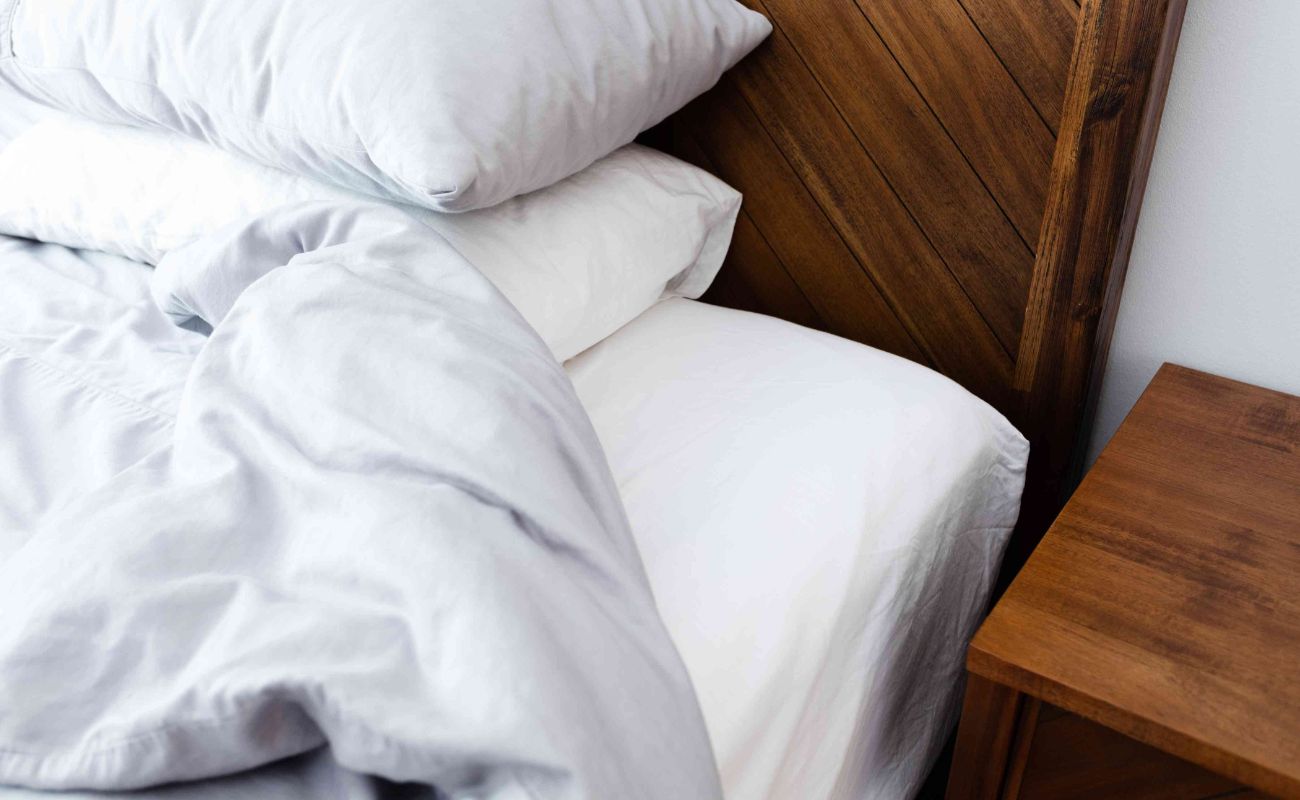

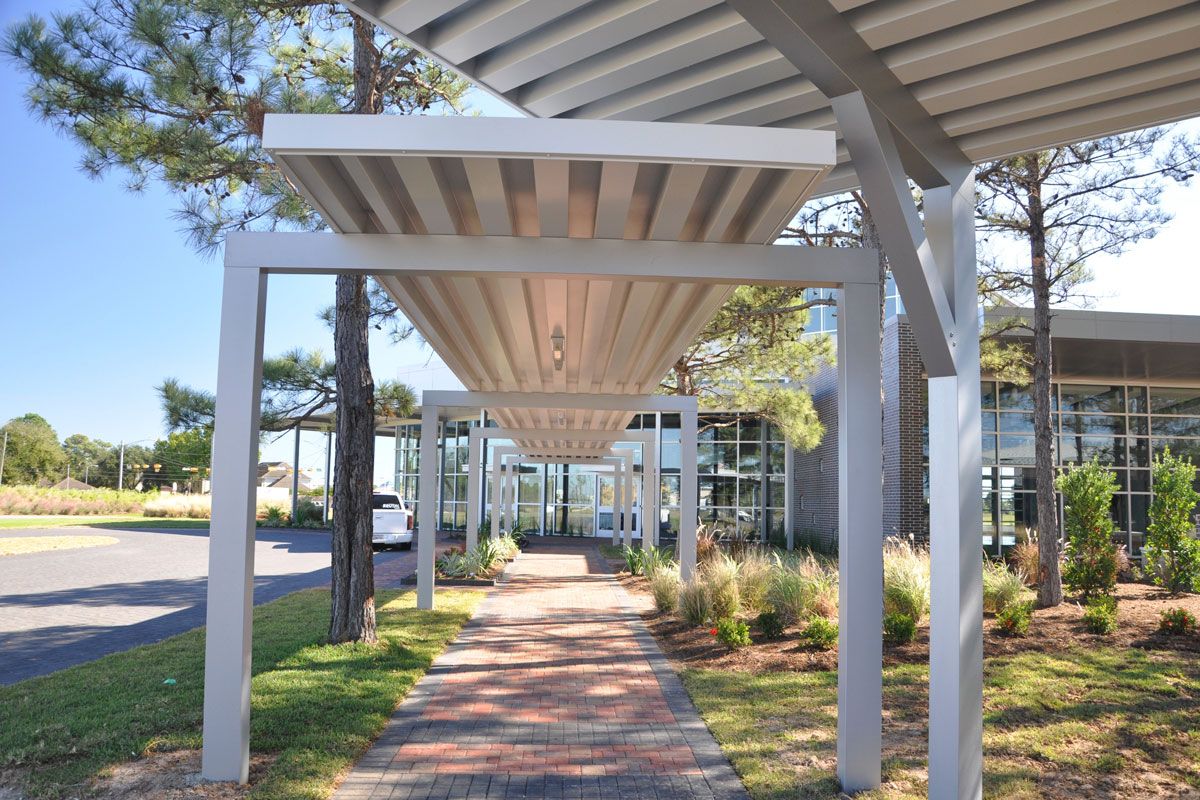
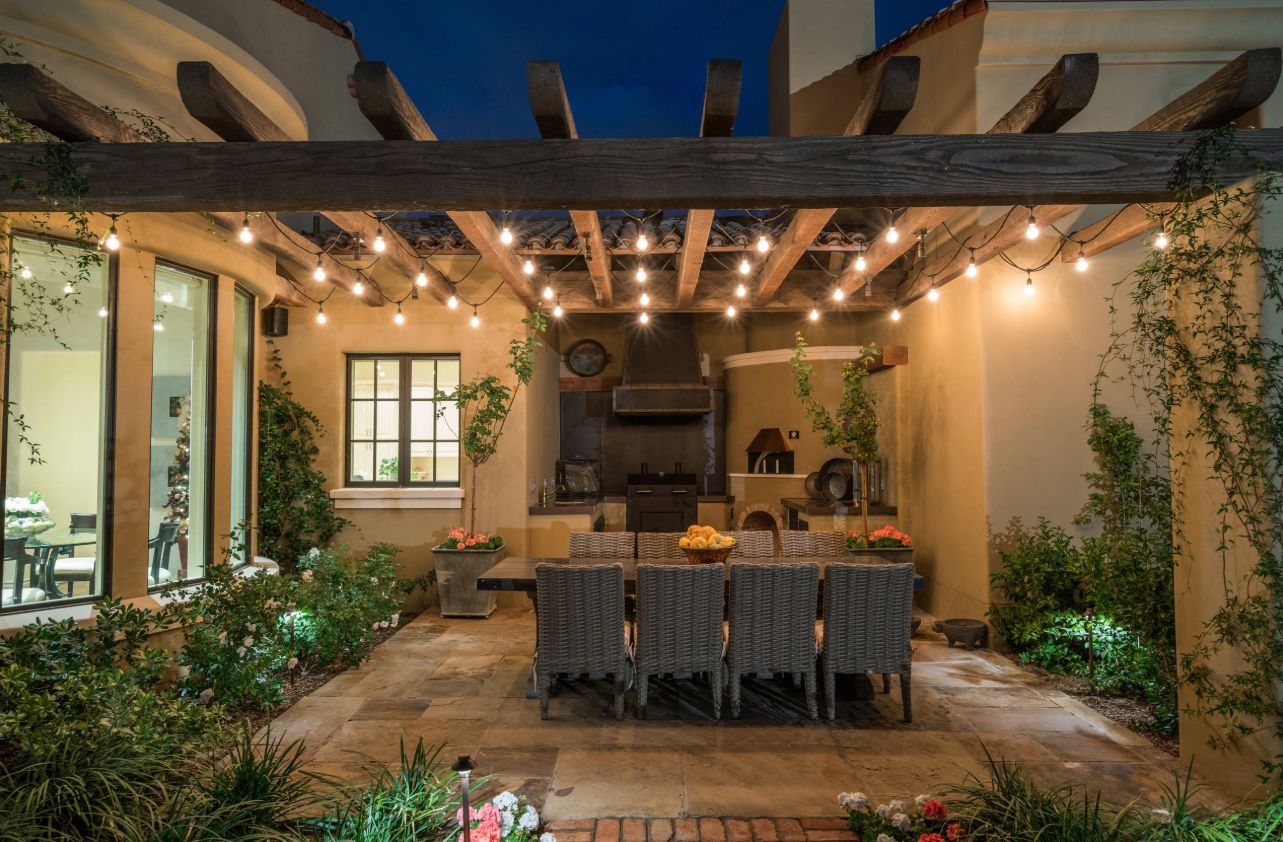
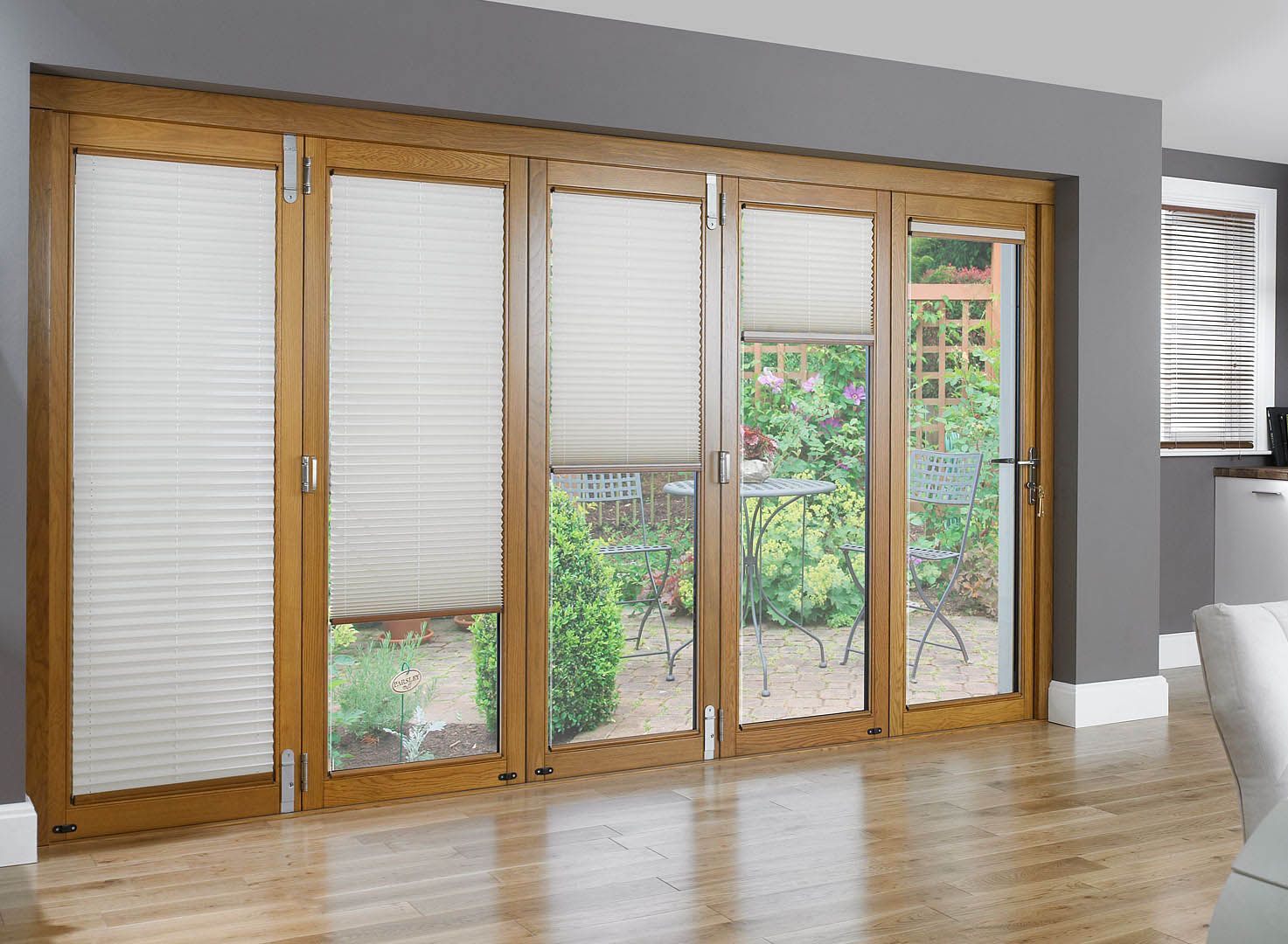
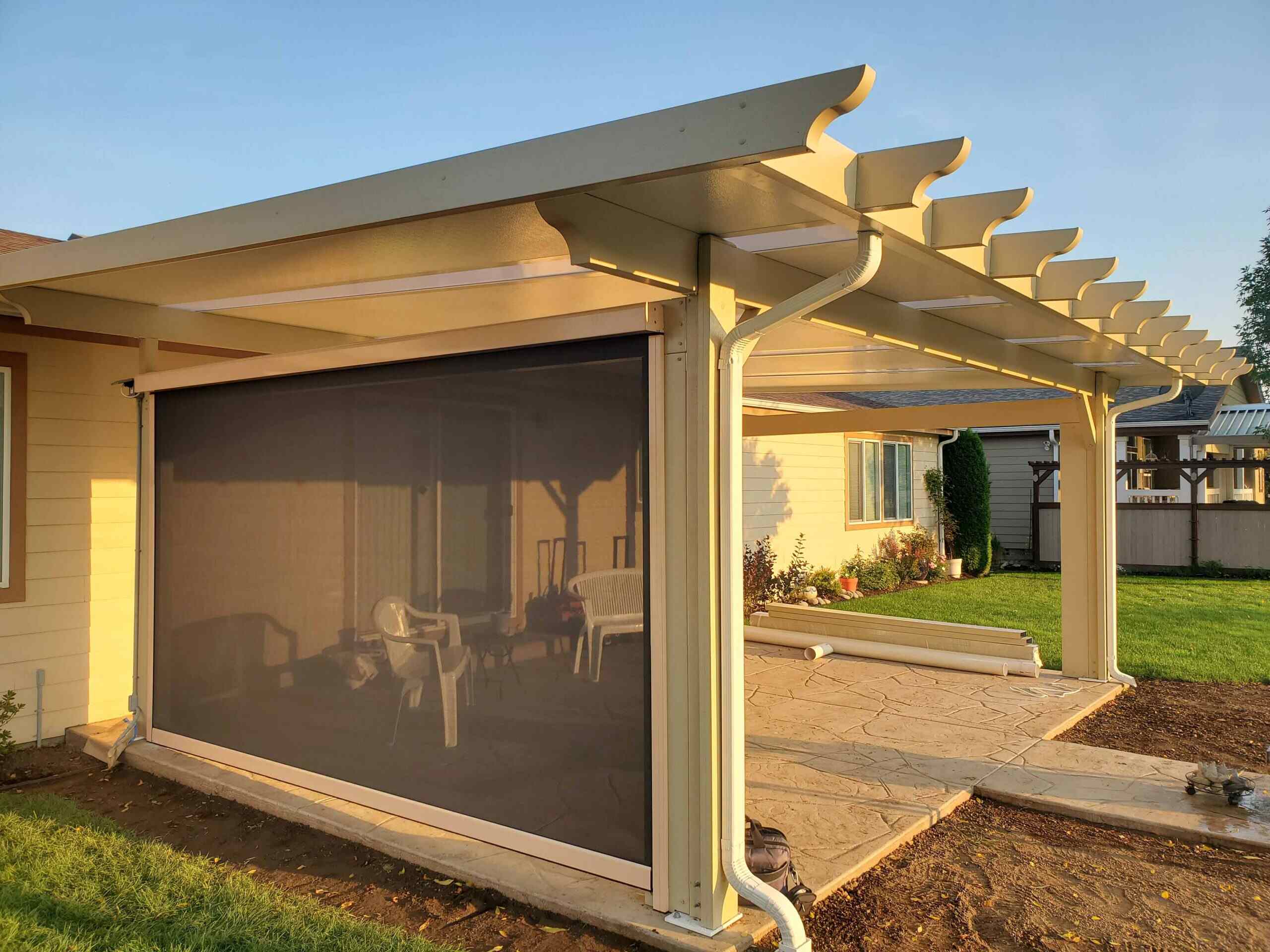
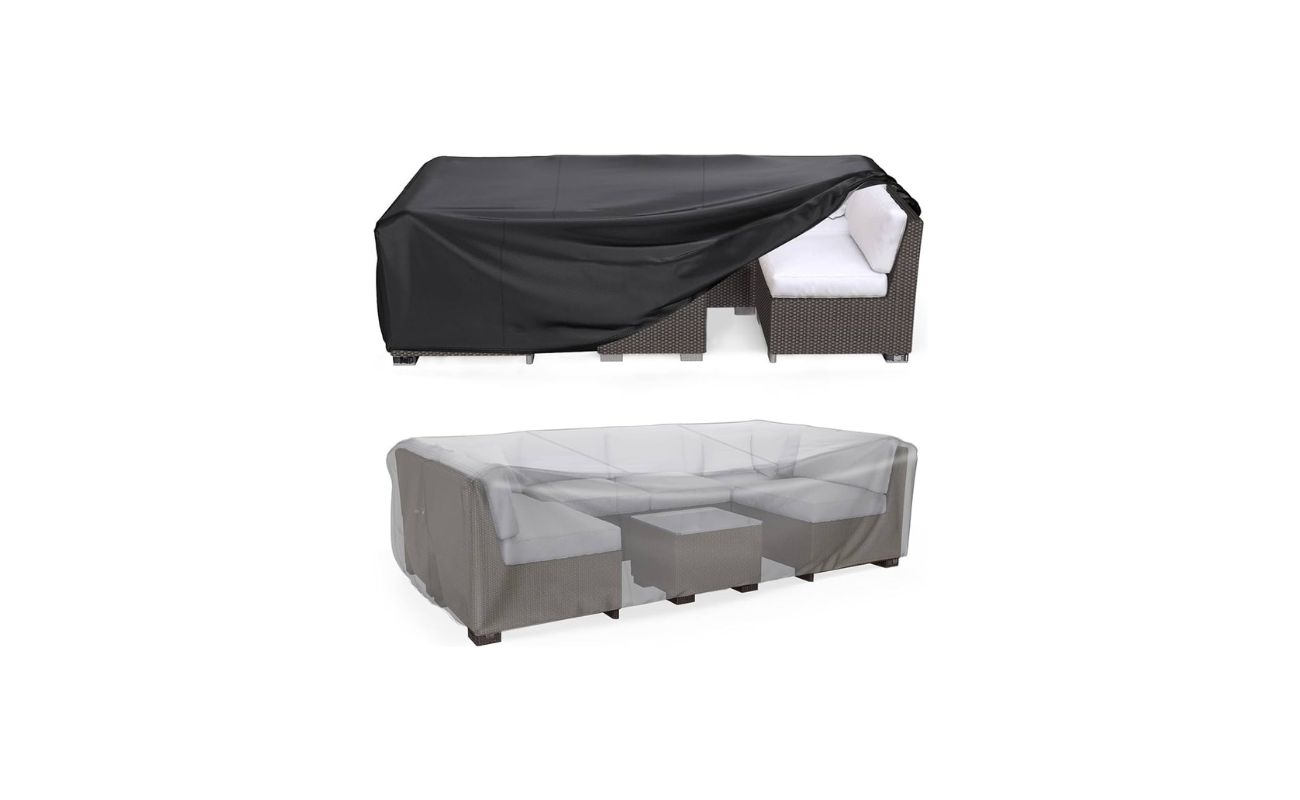
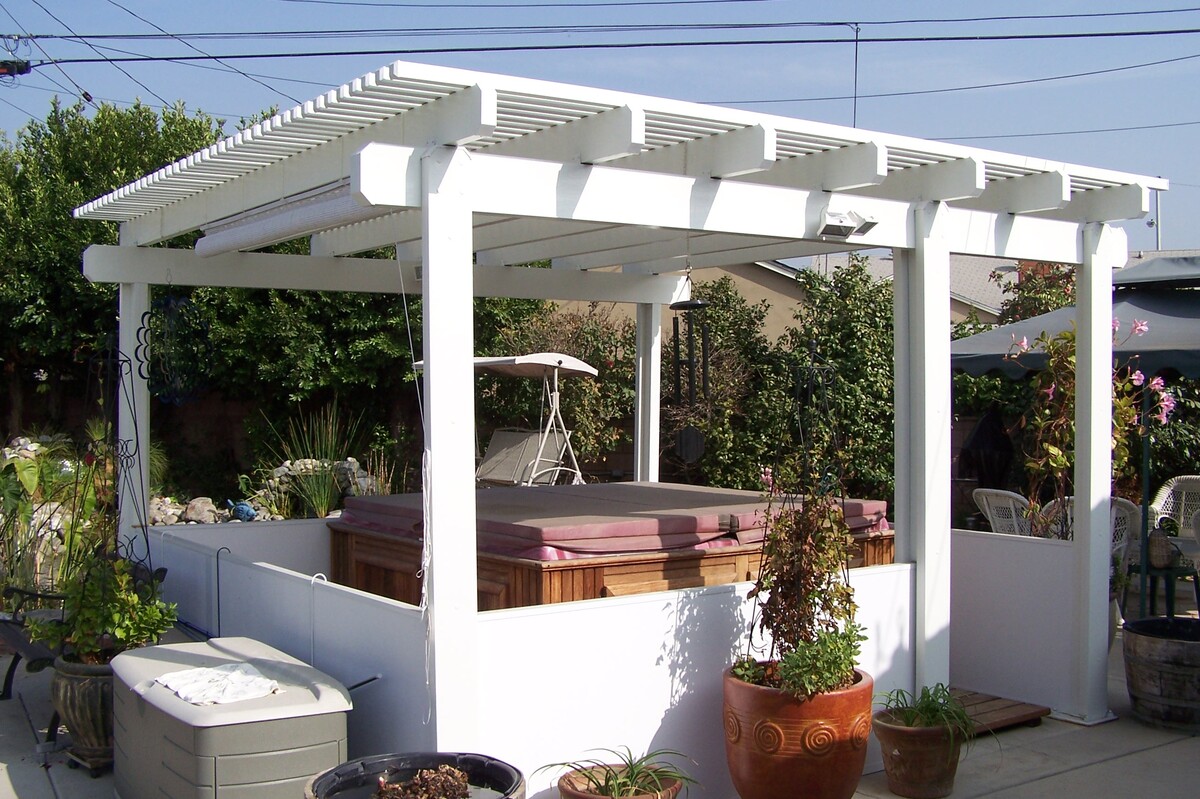
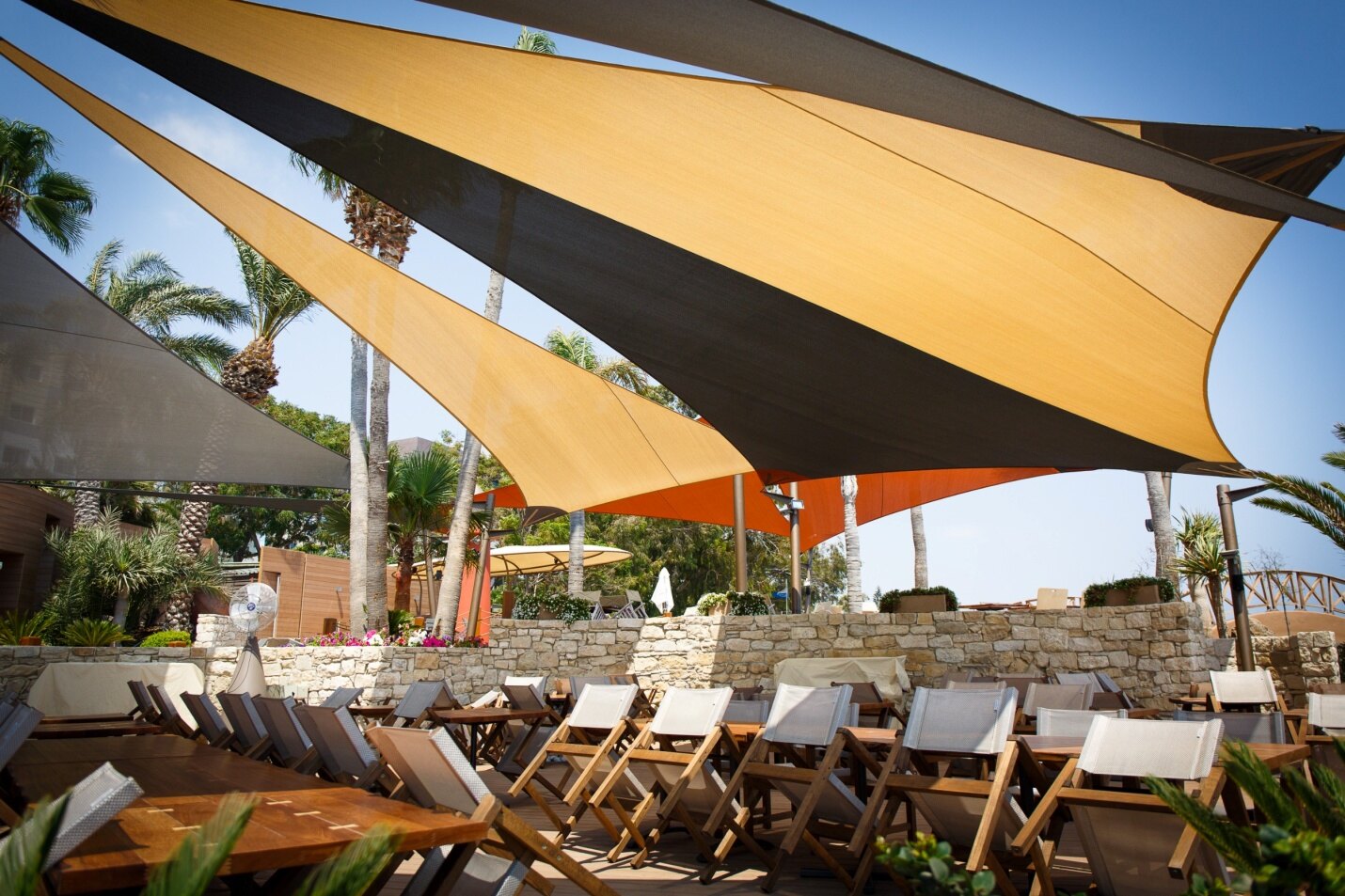
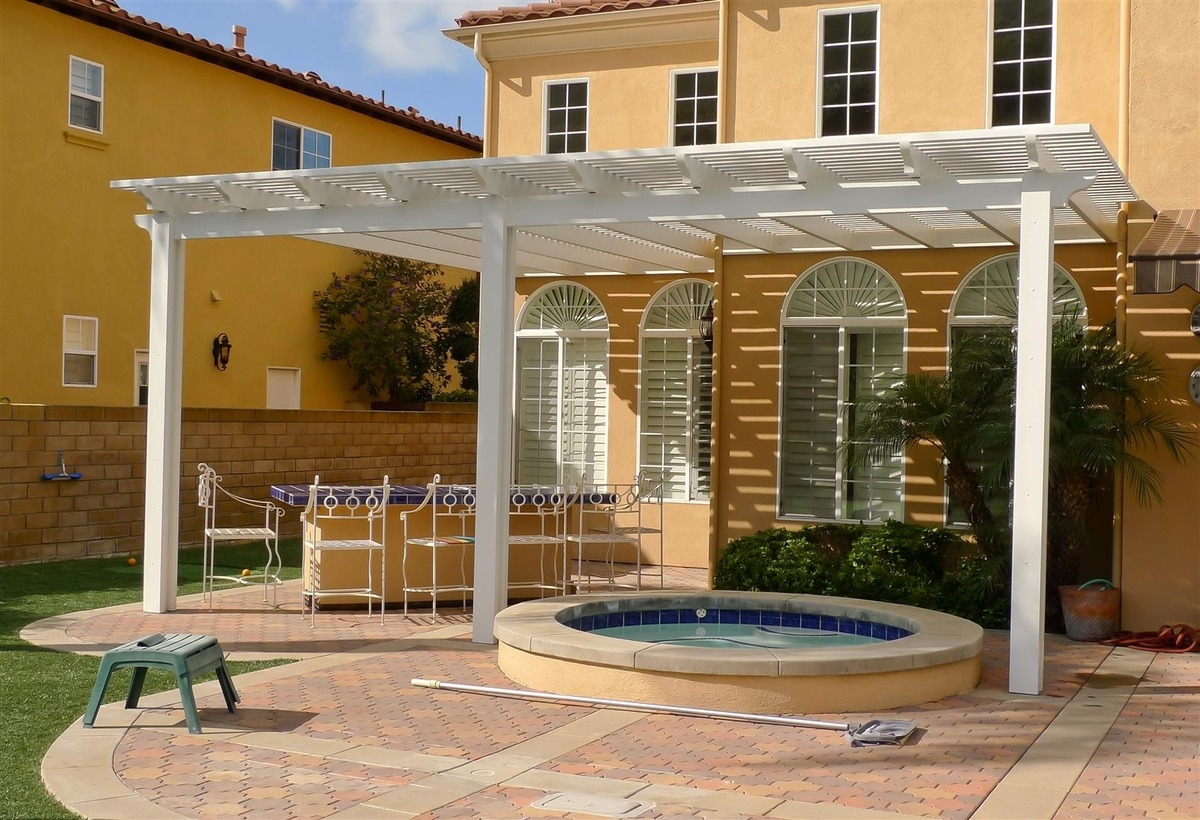
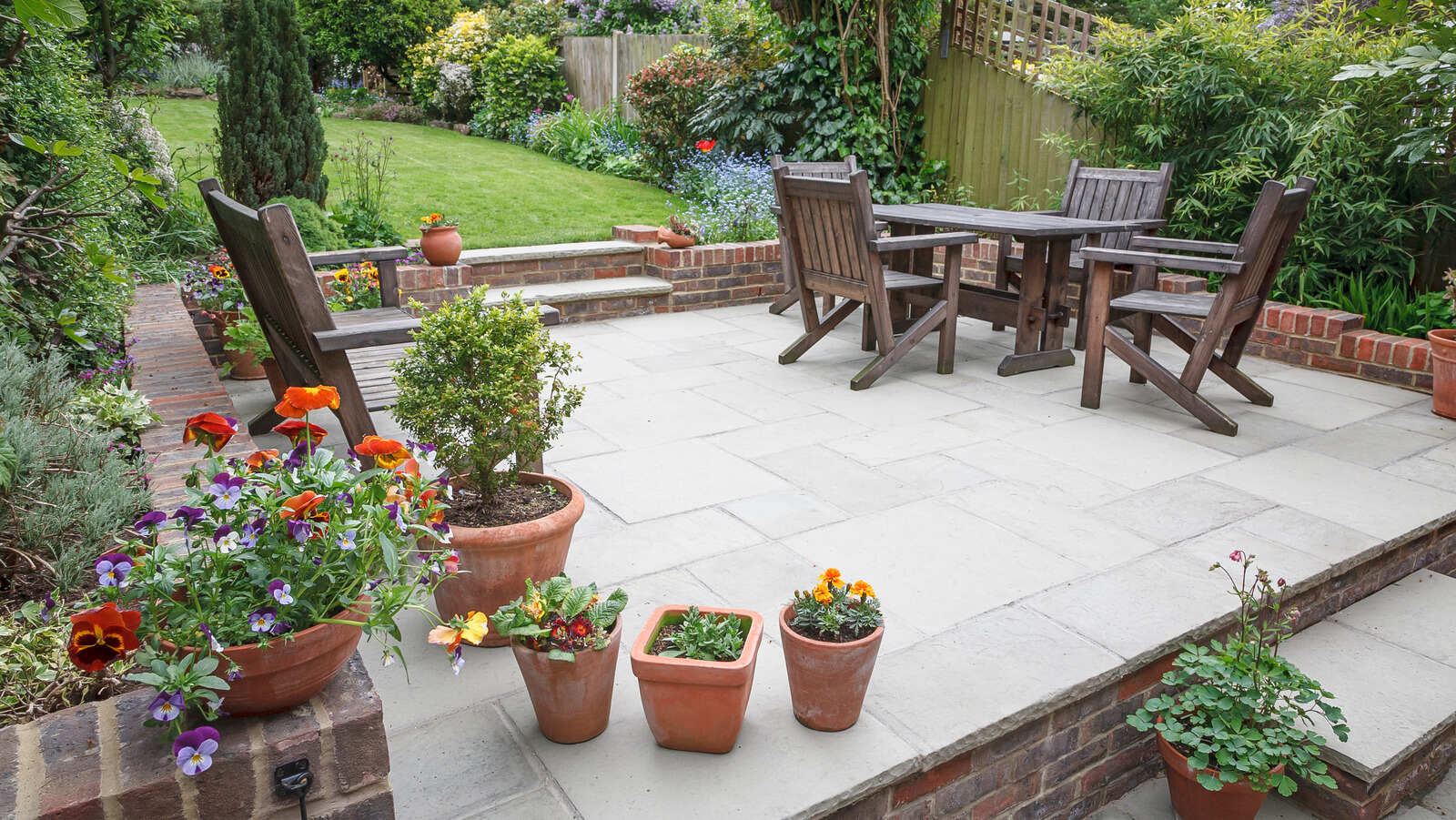
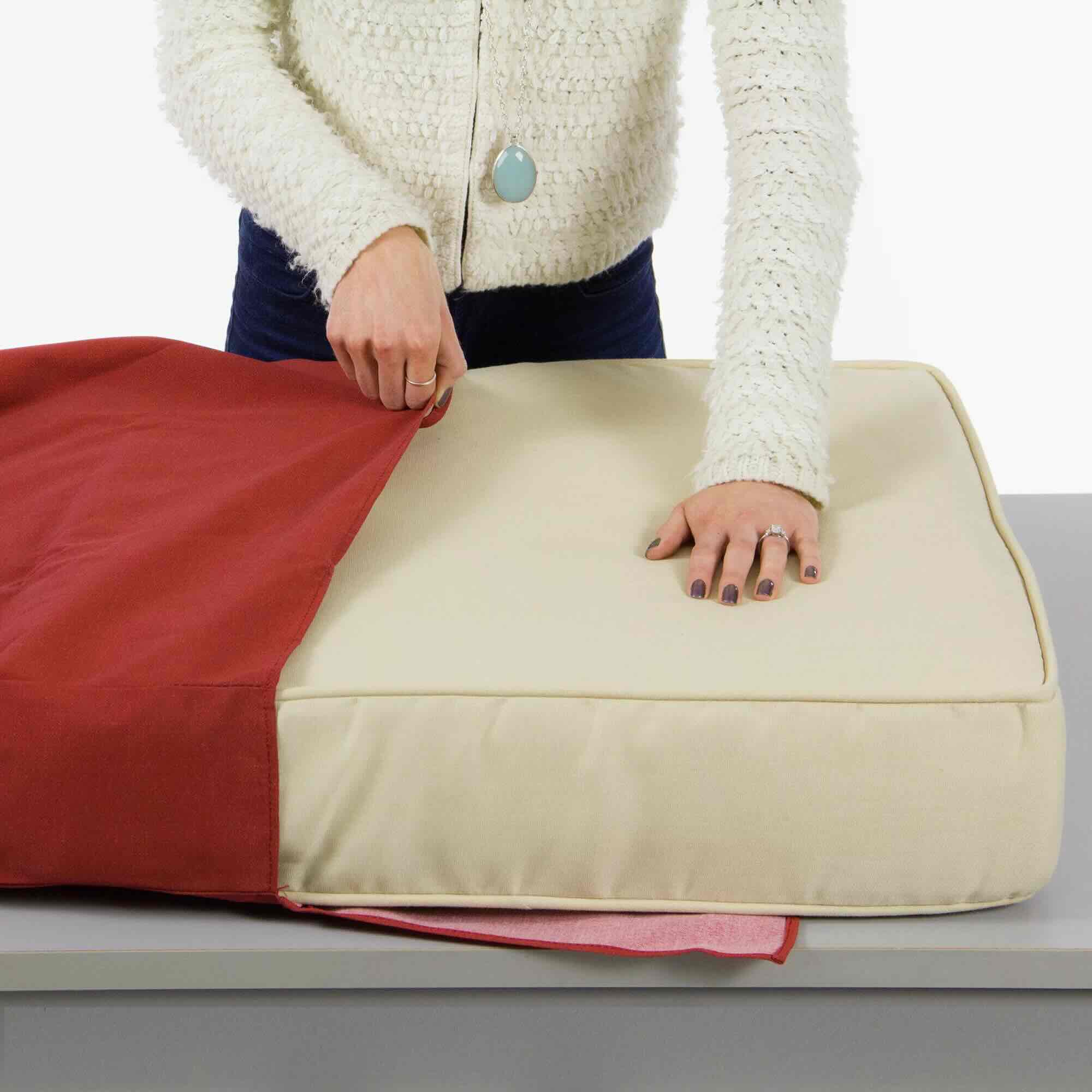
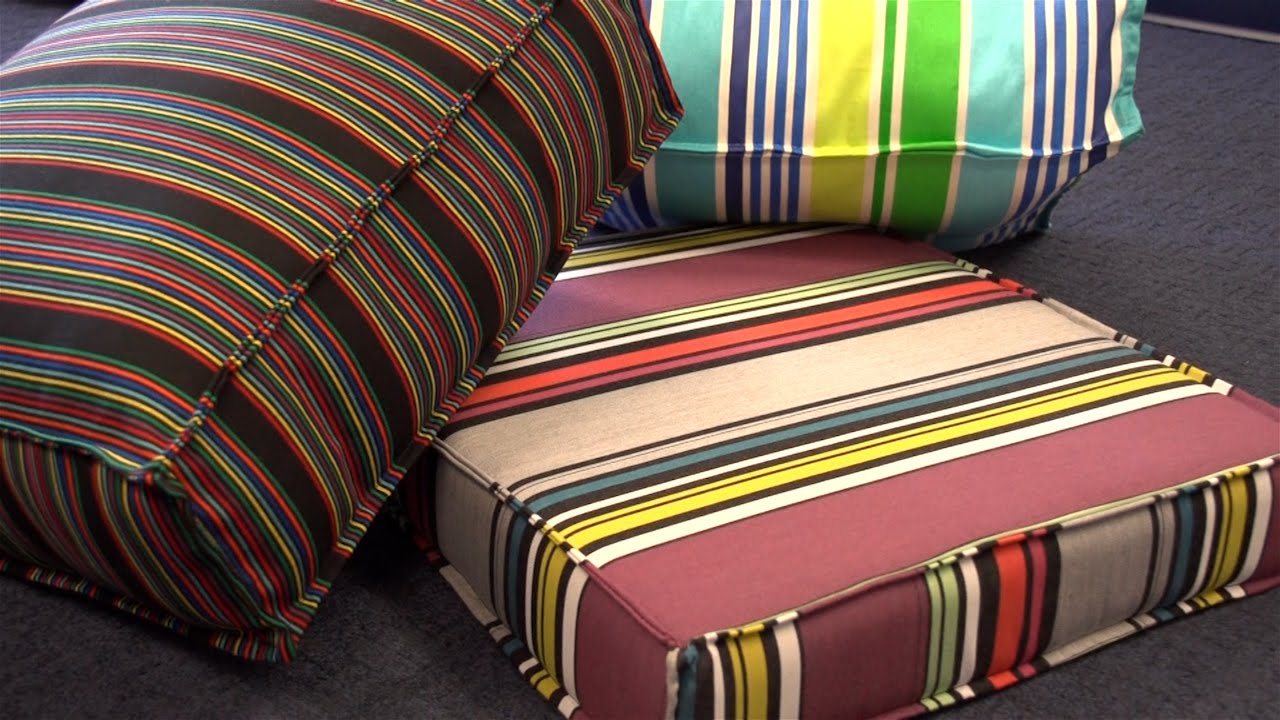

0 thoughts on “What Is A Patio Cover Called”